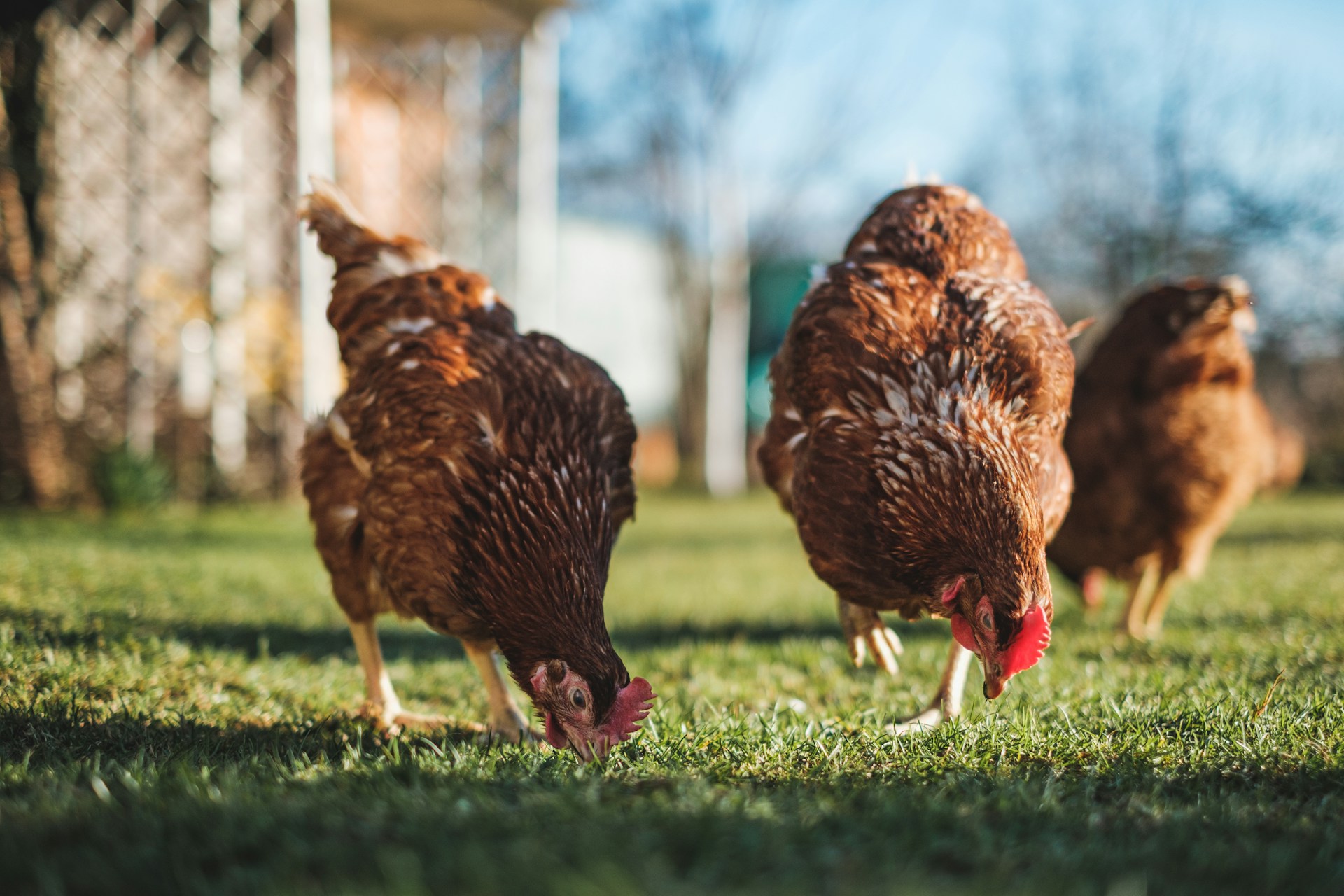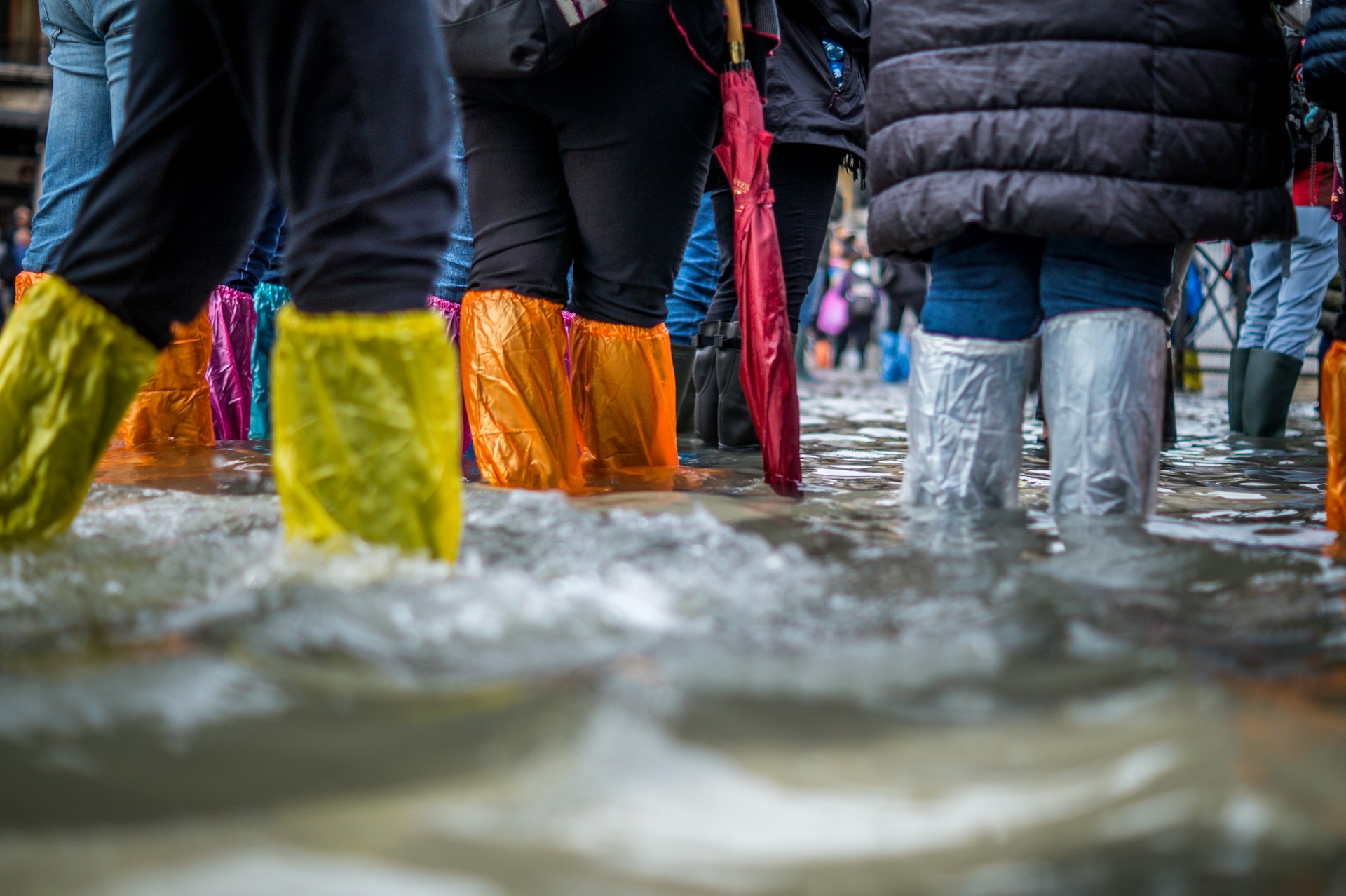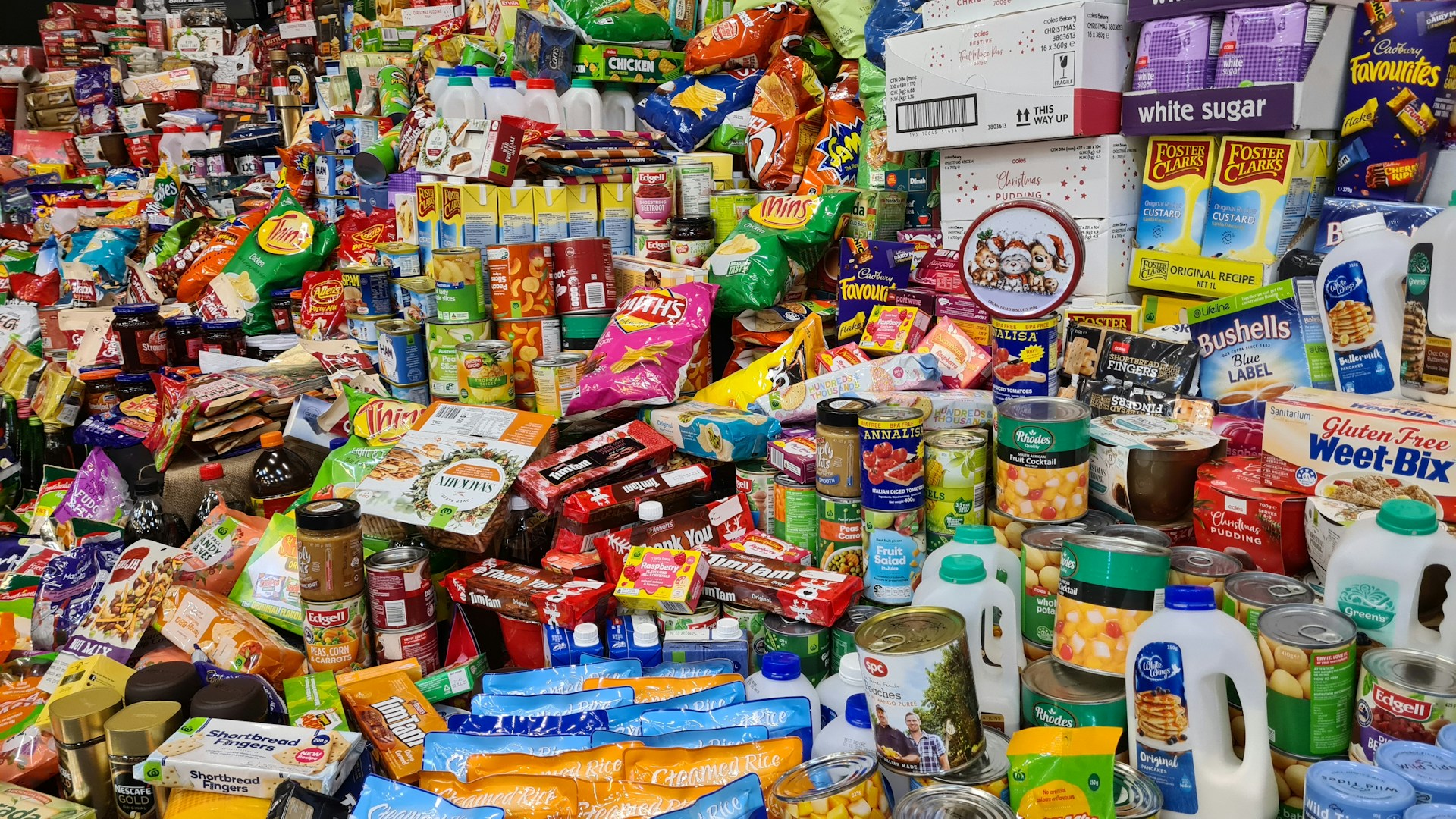Preparedness
Chickens: The Surprising Key to Self-Sufficient Living

Chickens are often considered the gateway to self-sufficiency for those venturing into a preparedness lifestyle. Their minimal space requirements and relatively low maintenance make them an excellent choice for beginners. Besides, the financial investment needed—apart from the initial setup of a coop—is quite modest.
Even if you reside in an urban environment, you can likely raise a few hens in your backyard. Most municipalities have regulations permitting a small number of hens, though roosters are generally prohibited. It’s essential to check local ordinances, as they might dictate the number of hens you can keep and may require neighbor approval. Additionally, there could be specific guidelines regarding the type and style of coops and runs permitted.
In rural settings, the decision often boils down to whether you allow your chickens to roam freely or contain them within a run. A chicken coop doesn’t need to be elaborate. Its primary function is to safeguard the chickens from predators and harsh weather while providing easy access for egg collection and cleaning.
For those planning to house chickens, a general guideline is to allocate at least a 20″x20″ area per standard-sized chicken, along with 12″ of roost space per bird. Typically, one nest box can accommodate four hens, though chickens often favor one or two nests over others.
When it comes to bedding, pine shavings or straw are recommended, avoiding cedar. While the coop should be draft-free during winter, adequate ventilation is crucial in summer to ensure the health of your flock.
Depending on your location, free-ranging chickens in the summer can significantly reduce feeding costs. They can forage for grasses, seeds, and insects, largely sustaining themselves.
Incorporating chickens into your preparedness plans offers a practical and rewarding step towards self-sufficiency. They provide a reliable source of fresh eggs and, when managed well, can seamlessly integrate into both urban and rural settings.
Let us know what you think, please share your thoughts in the comments below.

Nature and Wildlife
Everyday Items That Turn Into Life-Saving Tools

When disaster strikes, you don’t always have a survival kit, tactical knife, or fancy equipment on hand. But here’s the truth: most of what you need to stay alive might already be in your home, office, or even your pockets. Survival isn’t just about being tough it’s about being resourceful. And with a little creativity, ordinary objects can become extraordinary lifesavers.
1. Bandana – The Swiss Army Cloth
A simple bandana can do more than keep sweat off your neck. It can filter dirty water through layers of fabric, serve as a makeshift sling or bandage, and even protect your lungs from dust or smoke. Soak it in cool water to regulate your temperature, or use it as a flag to signal for help. If you don’t have one, a T-shirt or scarf can do the job.
2. Duct Tape – The Ultimate Fix-All
There’s a reason duct tape belongs in every emergency bag. It can patch holes in tents, mend broken shoes, and even seal wounds in a pinch (apply gauze first). Twist strips into rope or cord to build shelter or tie gear. It’s waterproof, strong, and takes up almost no space proof that survival is often about ingenuity, not gear.
3. Belt – From Fashion to Function
A sturdy belt can do more than hold up your jeans. In an emergency, it can become a tourniquet to slow bleeding, a strap to secure gear, or a way to climb or drag supplies. Leather belts also double as fire starters when scraped or used to create sparks with metal. Never underestimate what’s already wrapped around your waist.
4. Credit Card – Not for Shopping Anymore
That little piece of plastic can save your life in surprising ways. It can act as a scraper to remove ice, clean a wound, or smooth surfaces. In urban settings, it can even help unlock certain types of doors or windows in emergencies (though always within the law). It’s lightweight, flat, and unbreakable perfect for quick problem-solving.
5. Plastic Bottles – Hydration and Beyond
Plastic bottles can purify, store, and transport water. Cut the bottom off to make a funnel or plant container, or fill with water and leave in sunlight to disinfect it (solar disinfection works in about six hours of bright sun). Bottles can also serve as makeshift lanterns when filled with water and placed over a flashlight.
6. Trash Bags – Shelter in Disguise
A heavy-duty garbage bag is an unsung hero. With a few cuts, it becomes a rain poncho, sleeping bag liner, or emergency shelter. It can also collect rainwater or insulate against cold ground. Carry a few you’ll thank yourself later.
Final Thought
In a true emergency, the most valuable tool isn’t what’s in your hand it’s what’s in your head. Thinking creatively under pressure turns common items into life-saving gear. You don’t need to be a survivalist to survive; you just need to see the potential in what’s already around you.
Off The Grid
10 Foods That Could Save Your Life When Grocery Shelves Are Empty

When disaster hits and grocery stores run out of stock, your survival depends on what’s already in your pantry. You don’t need fancy freeze-dried meals, just smart, long-lasting foods that keep you nourished, energized, and ready to adapt. Here are ten essentials that could literally save your life when everything else is gone.
1. Rice
A bag of rice can feed you for weeks. It’s compact, calorie-dense, and easy to cook with minimal fuel. Brown rice has more nutrients, but white rice stores longer, lasting up to 30 years in airtight containers.
2. Beans (Canned or Dried)
Protein and fiber are survival gold. Beans black, kidney, or lentils provide steady energy and can be eaten alone or combined with rice for a complete meal. Dried beans last longer, but canned beans are ready to eat if water or heat are limited.
3. Peanut Butter
High in calories, fat, and protein, peanut butter is one of the best survival foods on earth. It doesn’t need refrigeration and keeps for months after opening. A few spoonfuls a day can sustain you through hard times.
4. Oats
Oats require little water, cook fast, and provide long-lasting energy. They’re versatile—make oatmeal, energy bars, or add them to soups to stretch meals.
5. Canned Tuna or Chicken
Canned meats offer vital protein and omega-3s. They’re lightweight, long-lasting, and require no cooking. Rotate your stock every few years for freshness.
6. Honey
Honey never spoils. It can sweeten bland food, soothe a sore throat, and even treat wounds due to its natural antibacterial properties.
7. Powdered Milk
When fresh dairy is gone, powdered milk gives you calcium, protein, and essential vitamins. Mix with filtered water or use in cooking.
8. Salt
Salt preserves food, balances electrolytes, and adds flavor. In survival situations, it’s worth more than gold.
9. Canned Vegetables and Fruit
These provide hydration, vitamins, and variety. Drink the liquid inside it’s full of nutrients.
10. Energy or Protein Bars
Compact, lightweight, and packed with calories, they’re perfect for bug-out bags or quick energy during stressful moments.
Final Tip: Store your food in cool, dark places and rotate supplies regularly. When the shelves go bare, preparation turns panic into confidence and survival into just another day you’re ready for.
Preparedness
Zombie Apocalypse Survival Guide

A Realistic Plan for Staying Alive When the Dead Don’t Stay Dead
When society falls apart and the dead start walking, panic helps no one. Whether you’re facing a virus, invasion, or total breakdown of order, survival depends on preparation, strategy, and the right mindset. This guide covers what you need to stay alive when the world stops playing by the rules.
1. Mindset: Stay Calm, Stay Smart
Your brain is your most valuable weapon. Panic gets people killed faster than zombies do. Take a moment to breathe, assess your surroundings, and plan your next move.
Stay adaptable—no plan survives first contact with chaos. Every decision should balance risk and reward: don’t fight when you can hide, and don’t run when you can wait.
2. Finding Shelter
Your home is your first stronghold. Reinforce doors with furniture, nail down loose boards, and block low windows. Keep your lights off or covered at night to avoid drawing attention.
If you must relocate, choose high ground or structures that are defensible and easy to escape from warehouses, schools, or small rural buildings work best. Always know your exits and keep a backup escape route.
Pack a go-bag so you can leave at a moment’s notice:
- Flashlight with extra batteries
- First-aid kit and personal medications
- Water purification tablets or filters
- Non-perishable food and utensils
- Sturdy clothing, gloves, and boots
- Copies of IDs and emergency contacts
3. Food and Water
You can survive weeks without food but only a few days without water. Store bottled water and learn to purify natural sources with boiling, filtering, or tablets.
When it comes to food, go for lightweight, calorie-dense items: canned meats, beans, peanut butter, oats, rice, and trail mix. Rotate supplies so nothing expires, and learn basic preservation methods like drying or smoking meat.
4. Defense and Safety
Weapons aren’t just about fighting they’re tools. A crowbar, machete, or shovel can open doors, build barricades, and protect you when needed. Avoid firearms unless you’re trained, as noise attracts attention.
Stealth beats strength. Move quietly, avoid crowds, and use the environment to your advantage. Keep your back to a wall and your escape route clear.
5. Forming Alliances
Survival is easier in numbers but only with the right people. Small, trustworthy groups work best. Divide roles: scavenger, medic, lookout, builder. Share resources but establish clear boundaries.
Communication is vital. Use hand signals, radios, or notes to stay connected. Plan rendezvous points in case your group gets separated.
6. Health and Endurance
Injuries or infections can end you faster than any zombie bite. Keep wounds clean, stay hydrated, and rest whenever possible.
Hygiene matters dirty hands lead to disease. If you’re low on medical supplies, learn basic first aid and herbal substitutes.
Exercise and mobility are survival assets. You don’t need to be a marathon runner, but stay fit enough to climb, lift, or sprint when needed.
7. Mental Survival
The apocalypse isn’t just physical it’s mental. Loneliness, fear, and exhaustion can break you. Keep a routine, talk to others, and give yourself small goals. A clear purpose keeps your mind sharp and your morale strong.
Hold onto your humanity. Help others when you can, but don’t let compassion cloud survival instincts.
8. Long-Term Survival
Once the initial chaos fades, rebuilding becomes the goal. Learn sustainable skills: farming, hunting, fishing, water collection, and mechanical repair. Technology will fail knowledge won’t.
Scout safe zones, set up a perimeter, and plan for future threats beyond zombies scarcity, rival groups, and the environment.
Final Thoughts
In the end, surviving a zombie apocalypse isn’t about brute strength it’s about resilience, awareness, and adaptability. Keep your head, trust your instincts, and move with purpose. The world may fall apart, but survival starts with you.
-

 Tactical2 years ago
Tactical2 years ago70-Year-Old Fends Off Intruder with Lead-Powered Message
-

 Tactical2 years ago
Tactical2 years agoVape Shop Employee Confronts Armed Crooks, Sends Them Running
-

 Preparedness1 year ago
Preparedness1 year agoEx-Ballerina’s Guilty Verdict Sends Tremors Through Gun-Owner Community
-

 Preparedness1 year ago
Preparedness1 year agoGood Samaritan Saves Trooper in Harrowing Interstate Confrontation
-

 Tactical2 years ago
Tactical2 years agoMidnight SUV Theft Interrupted by Armed Homeowner’s Retaliation
-

 Off The Grid2 days ago
Off The Grid2 days ago10 Foods That Could Save Your Life When Grocery Shelves Are Empty
-

 Survival Stories2 years ago
Survival Stories2 years agoEmily’s 30-Day Experience of Being Stranded on a Desert Island
-

 Preparedness1 year ago
Preparedness1 year agoArizona Engineer’s Headless Body Found in Desert: Friend Charged